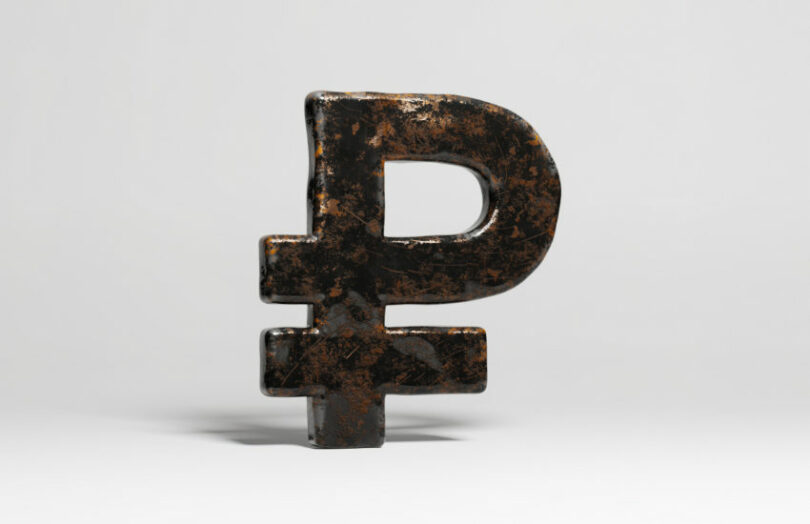During a meeting on economic issues earlier this week, Vladimir Putin seemed keen for Russia’s central bank digital currency (CBDC) pilots to accelerate, according to Russian news agency TASS.
“Now we need to take the next step, namely to move to a broader, full-scale implementation of the digital ruble in the economy, in economic activity and in the field of finance,” he said. Digital ruble trials started in August last year after months of delays waiting for supporting legislation.
The first wave of tests involved a dozen banks, with a second wave due to start in September with up to 19 additional banks, including Russia’s largest, Sber.
In April Elvira Nabiullina, Governor of the Bank of Russia, updated the Russian parliament on the status of trials. She said that scaling would start in 2025 at the earliest. On the timing of wider adoption, she said, “In our opinion, this will take five to seven years. This will be a natural process, because the choice of the people themselves and the business is fundamental; it should be convenient for them.”
Digital assets to sidestep sanctions
Both a CBDC and digital assets are potential alternative cross border payment tools in the face of sanctions following Russia’s invasion of Ukraine. Vladimir Putin also talked about digital assets.
“It is important for Russia to ‘seize the moment’, as they say, to create the legal framework and regulation in a timely manner, to develop infrastructure, to create conditions for the circulation of digital assets, both within the country and in relations with foreign partners,” he said.
Russia already has a digital financial asset (DFA) framework for tokenized assets, including commodities such as gold. The usage of DFA such as tokenized gold for payments is banned. However, the country recently passed legislation supporting their use for cross border payments. Plus, Iran said it was working with Russia on CBDC and tokenized asset payments.
Likewise, the central bank governor recently said that it was acceptable to use cryptocurrencies for international payments if it helps address sanctions. Until then she vehemently opposed any crypto usage.
Timing, sanctions and VTB Shanghai
Putin’s comments coincided with Russian media reports of sanctions disrupting payments between China and Russia. Reuters stated in April that the Shanghai branch of VTB served as a significant channel for money transfers between Russia and China. However, foreign VTB branches in China and India were added to the OFAC sanctions list on 12 June. Additionally, sanctions against the Moscow Exchange forced trading of dollars and euros onto the over the counter (OTC) markets.
A couple of weeks later, TASS reported VTB CFO Dmitry Pyanov as saying, “It (the Shanghai branch) is in a period of adaptation to new realities.” He added that “everything will be fine” with the branch.
However, the day before Vladimir Putin’s comments this week, Russian news outlet Vedomosti reported payments via VTB Shanghai had stopped reaching suppliers around 20 June, according to multiple sources. The money arrives in Shanghai but is then blocked. There were also reports of a ‘software update’ at VTB Shanghai holding up payments.
This underlines Putin’s desire to accelerate other modes of payment, particularly new digital technologies such as CBDC and digital assets that sidestep the West.






